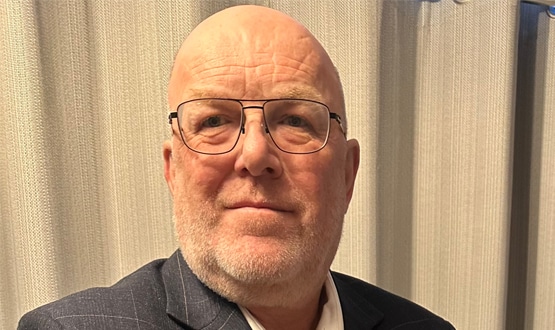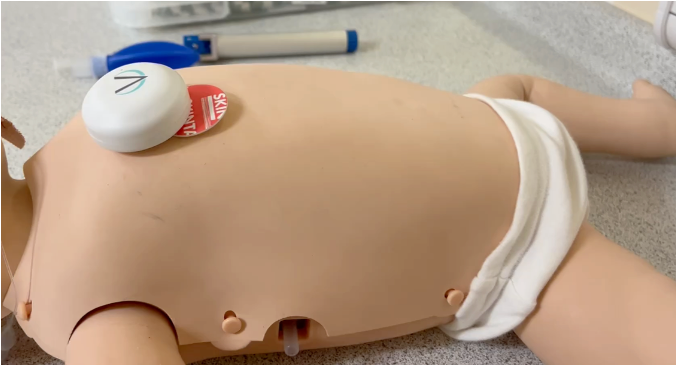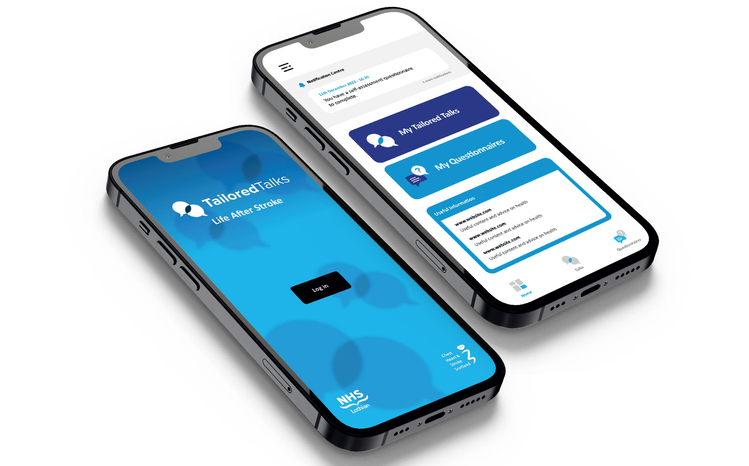At University Hospitals of Derby and Burton NHS Foundation Trust, Mark Chester has been spearheading efforts to move years of legacy data into future-fit IT systems. By Owen Hughes
Mark Chester has worked in public sector IT for more than two decades, and while he only moved into the NHS in 2017, it’s fair to say that healthcare runs in his family.
“My wife has been a nurse for 40 years, my eldest son and daughter-in-law are both doctors, and my youngest son is a paramedic,” he tells Digital Health. “So we’re very much a healthcare family, supporting the NHS.”
Chester’s decision to join the NHS was driven by a desire for change and a chance to make a tangible difference; specifically, to improve the way technology supported clinical staff and patient care.
He’d been working at Coventry City Council for eight years when an opportunity arose to get into NHS IT. “In my entire working career, it’s been the best move I’ve ever made,” he says.
“It’s the first time I actually feel like I’m doing something worthwhile for the organisation, but also for the people around and people who use that organisation.”
However, that’s not to say that Chester’s move into NHS IT was all plain sailing.
Besides his arrival unfortunately coinciding with the 2017 WannaCry cyberattack, Chester was also struck by the dichotomy of modern IT systems coexisting alongside markedly more dated technology.
“There were things that we’d done in local authority and been doing for a number of years that were alien to the NHS,” he says.
“Coming into the NHS, you automatically assume that they are fairly up on technology. But I came in to find that in some areas they are quite advanced, but in others, they lag behind other sectors.”
Merging major IT estates
A major hurdle came with the merging of Derby Teaching Hospitals and Burton Hospitals in 2018, and with it, the respective hospitals’ electronic patient record systems: Lorenzo at Derby – part of the National Programme for IT – and Meditech at Burton, a customer since 1991.
This left the organisation with numerous legacy clinical applications containing patient information, many of which were running on hardware nearing the end of its lifespan. The systems were not only from different vendors, but from completely different eras.
Derby, in particular, had multiple ancillary systems, including its legacy iSoft Clinical Manager (iCM) and Emergency Department Information Systems (EDIS), performing functions that were also available in Lorenzo.
This made consolidation extremely difficult, and posed significant security and compliance risks if not addressed.
“There are lots of issues with having data in systems like that,” explains Chester. “You’ve got the obvious ones, like the fact that these old systems are normally running on ancient hardware. In a lot of instances, it’s unsupported and the person or people who knew anything about that system have left the organisation.”
The scale of the issue posed considerable challenges for staff, too. Clinicians were frustrated having to log into numerous, fragmented systems rather than having a consolidated view, and retrieving data for tasks like subject access requests was a manual headache.
Meanwhile, simply maintaining ageing servers and licenses for old software came at a high cost that did nothing to improve the experience of patients or staff.
‘It had to be done’
To tackle this challenge, UHDB made the decision to implement BridgeHead’s HealthStore clinical data repository. The system consolidates patient, clinical, and administrative data into a secure, unified repository, offering quick retrieval from clinicians and administrative staff either directly or via integrated systems.
“It was the only system at the time that could do everything we needed it to do, and it was a bit of a no-brainer as soon as you did the maths,” says Chester.
“HealthStore just ticked so many boxes. When I took the [business case] to our trust’s senior management board for approval, it was almost a case of no argument – it had to be done.”
Then began the process of migrating some 10 years’ worth of legacy data out of the existing IT systems and into HealthStore. Chester estimates this has since delivered £200,000 to £250,000 in annual cost savings by eliminating the expenses needed to support outdated infrastructure.
Removing obsolete applications and hardware from UHDB’s network has also improved the trust’s security posture and compliance with regulations like the NHS Data Protection Toolkit. “We’ve got rid of a load of legacy equipment, which we couldn’t patch, so it was a cyber risk to the trust,” says Chester.
“In fact, our server team breathed a sigh of relief when we turned them off, because it was one less thing for them to worry about!”
Likewise, migrating data from old systems to HealthStore has prepared UHDB for future integration with new core clinical systems.
As well as the expansion of the Derbyshire Shared Care Record and the Staffordshire Shared Care Record, Chester and his team at UHDB are gearing themselves up for the arrival of a new EPR system for both University Hospitals Derby and Burton and Chesterfield Royal Hospital; Nervecentre has been chosen as preferred supplier.
“We’re just going through the full business case with NHS England. That is going to take up most of everybody’s time for the next two and a half years – it’s a mammoth job to implement!” he says.
Challenging but worth it
Legacy systems containing sensitive patient information remain a major hurdle for trusts looking to modernise their IT infrastructure safely and effectively. But while the process seems daunting, Chester says his experience demonstrates how the long-term benefits greatly outweigh the burden of maintaining obsolete platforms.
“Don’t underestimate the size of the challenge. But also don’t underestimate the impact it will have on clinical staff in having one system to go to, rather than multiple systems,” he says.
“If you start to look at the costs involved with the move compared to what you’re actually spending on those legacy systems, I think in the majority of cases, there is sound economic sense for doing it. If nothing else, think what would happen if you lost that system and you had to get the data from it.”
BridgeHead Software:
Website: www.bridgeheadsoftware.com
LinkedIn: BridgeHead Software
X (formerly known as Twitter): @BridgeHeadHDM







